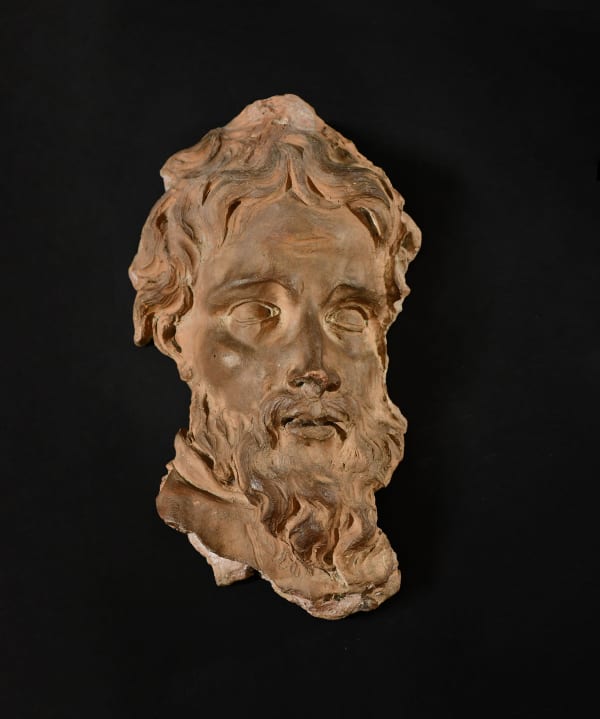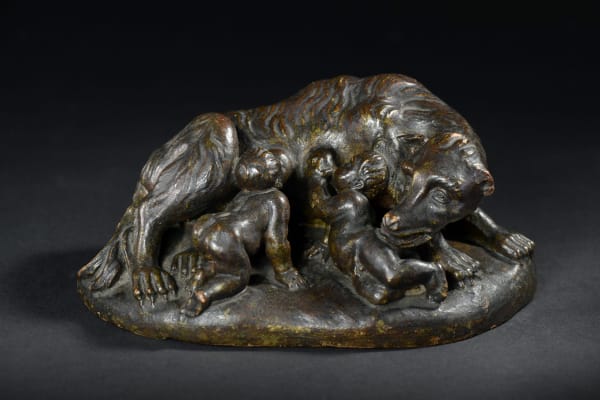Walter Pompe (LITH 1703 - 1777 ANTWERP)
Walter Pompe was born in Lith – a small village near ‘s-Hertogenbosch – in 1703. He showed talent for sculpting at a very early age; at age 19 he went to study with Michiel van der Voort the Elder in Antwerp. In 1729 he became a member of the local guild of St Luke, as ‘meester in het belthouden’ (master sculptor). He quickly established himself as a successful sculptor with a large workshop. In 1736 Pompe married Christina Baumans, with whom he had no fewer than 11 children. He taught many pupils, including two of his sons, Paulus Martinus and Jan Baptist. Stylistically, Pompe worked in the late baroque style, although many of his works show the influence of the rococo as well.
Pompe mostly worked for churches and cloisters, including Antwerp’s Cathedral of Our Lady and St Andrew’s church. However, besides his monumental religious works, his production also included portrait busts and many smaller works in wood, ivory and terracotta, including several bozzetti and modelli. Some of these were intended as preparatory studies for larger works, but many others were surely intended as works of art in their own right.
The present work, a study for a sculpture of the Virgin and Child, is most certainly a preparatory drawing; the inscription in the margin indicates the desired height of the piece (3 feet) and, interestingly, the cost price (55 guilders). Although the work was likely made in situ, to present the client with a proposition while taking down his requirements, the artist made sure to carefully sign and date it (5 10, meaning October 5th). As such, this drawing provides a fascinating insight into the artist's working practice.
Provenance
Private collection, Brussels.
- X
- Tumblr


